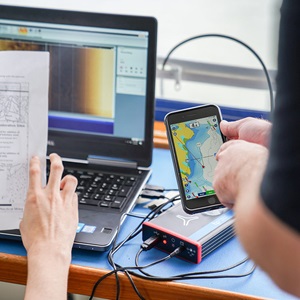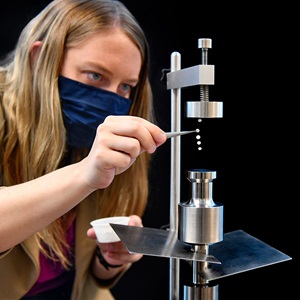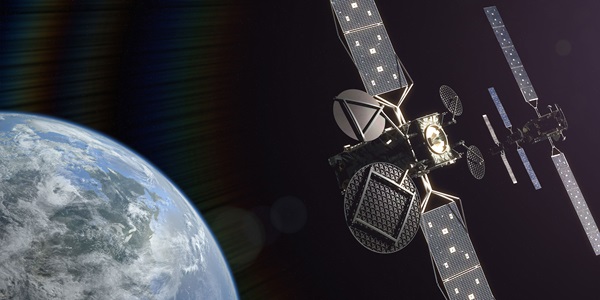Turtle Power: Unmanned Aircraft Systems Supply No-Touch Tracking Solution
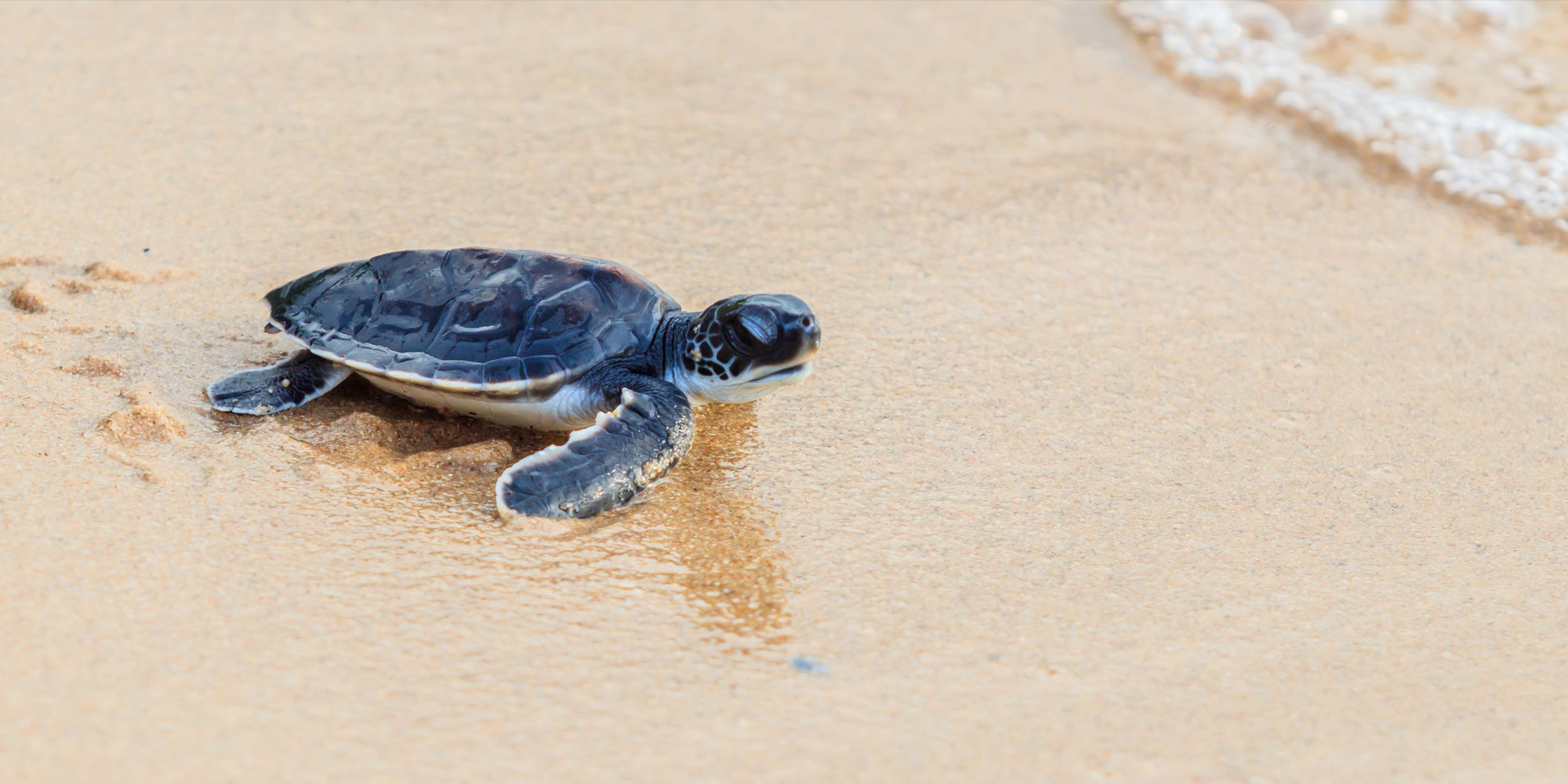
By Doug Bonderud
From May to October, Florida's Space Coast becomes a sea turtle hatching haven: More than 30,000 green, loggerhead and leatherback sea turtles arrive to lay their eggs.
The challenge? Ensuring enough of these eggs survive to sustain the species at scale: Just one out of every 1,000-10,000 turtles survive to adulthood. Northrop Grumman and the Brevard Zoo have teamed up with Embry-Riddle Aeronautical University to develop the "Turtle Tech" program — a technology for conservation effort that leverages unmanned aircraft systems (UAS) to discover where these sea turtles come from, where they're feeding and where they ultimately go.

This Shell Game Starts with Data
"If you better understand how sea turtles are gathering and how their life cycle changes," said Roddey Smith, research fellow and Northrop Grumman chief engineer, "you can improve conservation." With around 25% of the world's total turtle population born in Florida, the state "has outsized importance in maintaining different sea turtle species."
And while the Space Coast is home to more populous loggerhead and leatherback species, it's also a breeding ground for endangered variants such as the Kemp's ridley and the hawksbill — just 14 Kemp's ridley nests have been found in Florida's Volusia County since 1986. With turtle eggs prone to both predator attacks and disruption — intentional or not — by humans in the area, already slim chances of reaching adulthood quickly fall.
Solving the problem starts with data: Where are the turtles laying their eggs? What dangers exist? How often do they return? But even right-minded environment interference causes problems; humans on the ground collecting data can negatively impact turtle habitats and change their nesting pattern, in turn rendering new information obsolete. One way the Turtle Tech program looks to avoid these issues is by using unmanned aircraft systems capable of tracking and analyzing turtle behavior at scale — and from a distance.
With our neural network, we can feed images into a program that we've trained to automatically identify turtles. That will create a subset of turtles with meta-data, giving us the drone's position. In that way, we can create a hot zone map for targeting future drone missions."
- Northrop Grumman engineer Justin Richardson
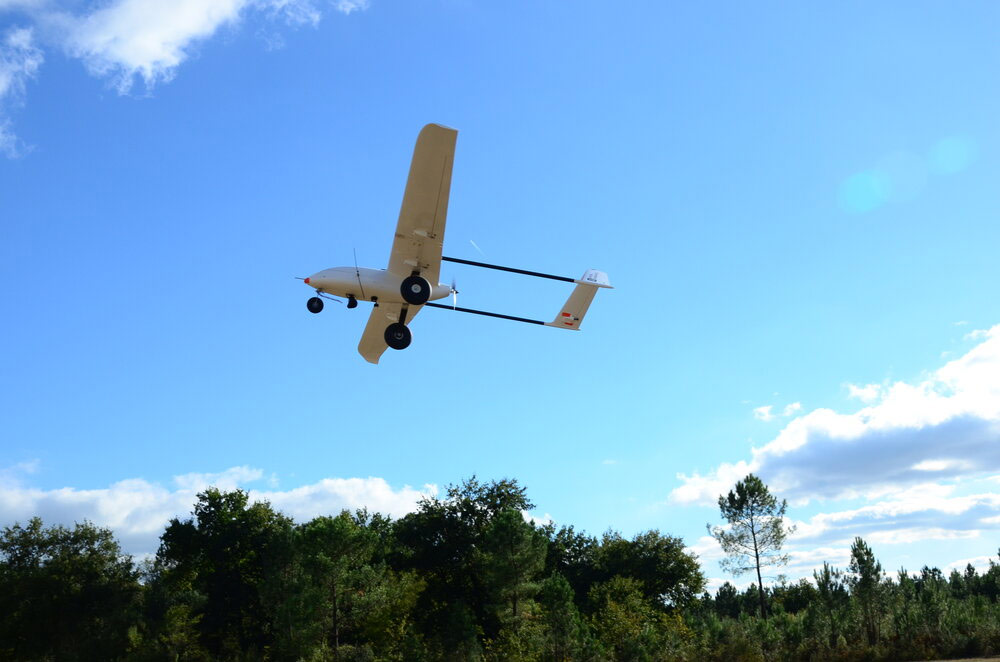
Flying High: Using UAS Avoids Turtles Capture and Tagging for Tracking
The best conservation efforts leave nothing but footprints. The Turtle Tech program takes this a step further by eliminating ground-based operations altogether. This isn't the first time aerial vehicles have been used for turtle tracking — "other researchers have used unmanned aircraft for sea turtle surveillance," said John M. Robbins, associate professor of aeronautical science at Embry-Riddle, " but we're fine-tuning the operations and computer visioning systems to identify individual sea turtles – including their species, gender and even unique markings."
To accomplish this goal, the turtle power partnership is tapping two types of unmanned aerial craft: the fixed-wing Applied Aeronautics Albatross with vertical take-off and landing, and the DJI Matrice 200. While the Albatross can cover more ground and stay aloft longer (around four hours), the DJI platform can both carry multiple payloads and capture fine-grain turtle images. As a result, each craft has a specific, sequential role to play: "The Albatross will do the initial wide-area detection, and then when we find turtles of interest, that's when we would use the DJI platform to hover and look at identifying markers like scute patterns on a turtle's carapace," said Smith.

From there, the Turtle Tech team will leverage a neural network to continuously improve detection accuracy. "With our neural network, we can feed images into a program that we've trained to automatically identify turtles," said Northrop Grumman engineer Justin Richardson. "That will create a subset of turtles with meta-data, giving us the drone's position. In that way, we can create a hot zone map for targeting future drone missions."
According to Richard Beers, Turtle Tech program and offshore lead for Northrop Grumman, the big benefit of this sequential solution approach is that it "will allow the team to populate a sea turtles database — without having to capture and attach tracing devices to each animal." In other words, it's a no-touch turtle tracking technique.
Self-Sustaining Solutions for Conservation Technology
Ultimately, the goal of the Turtle Tech program is to give students the technology and training they need to carry this work forward. "Our goal is to take what we know and teach them," said Beers "and eventually they can hand off the tech to outside organizations to sustain themselves."
This is the evolution of technology for conservation: Self-sustaining solutions that don't interfere with wildlife while providing actionable data to help researchers improve species success.
More innovation stories
Read all stories about advanced technology and innovation >>
